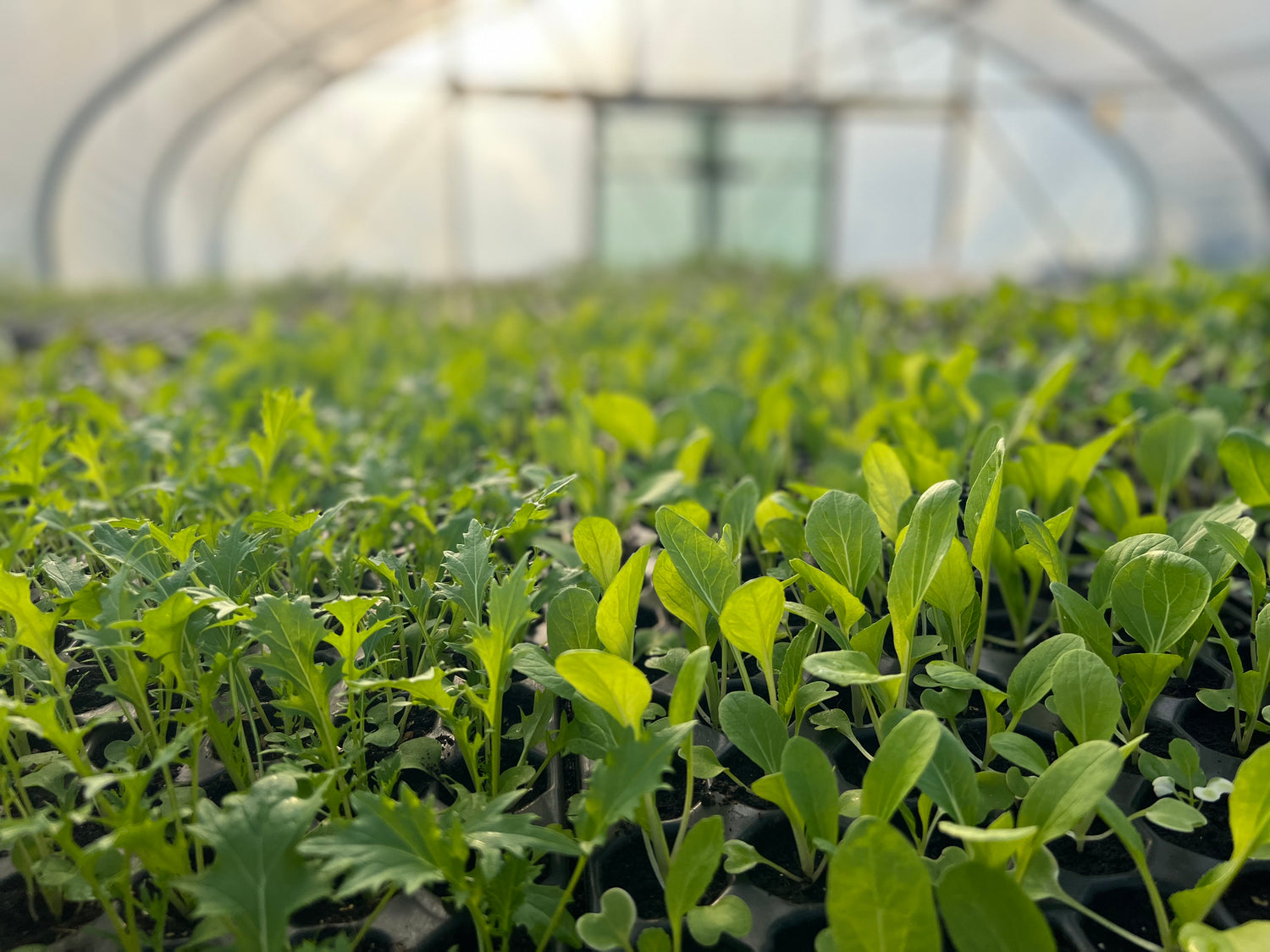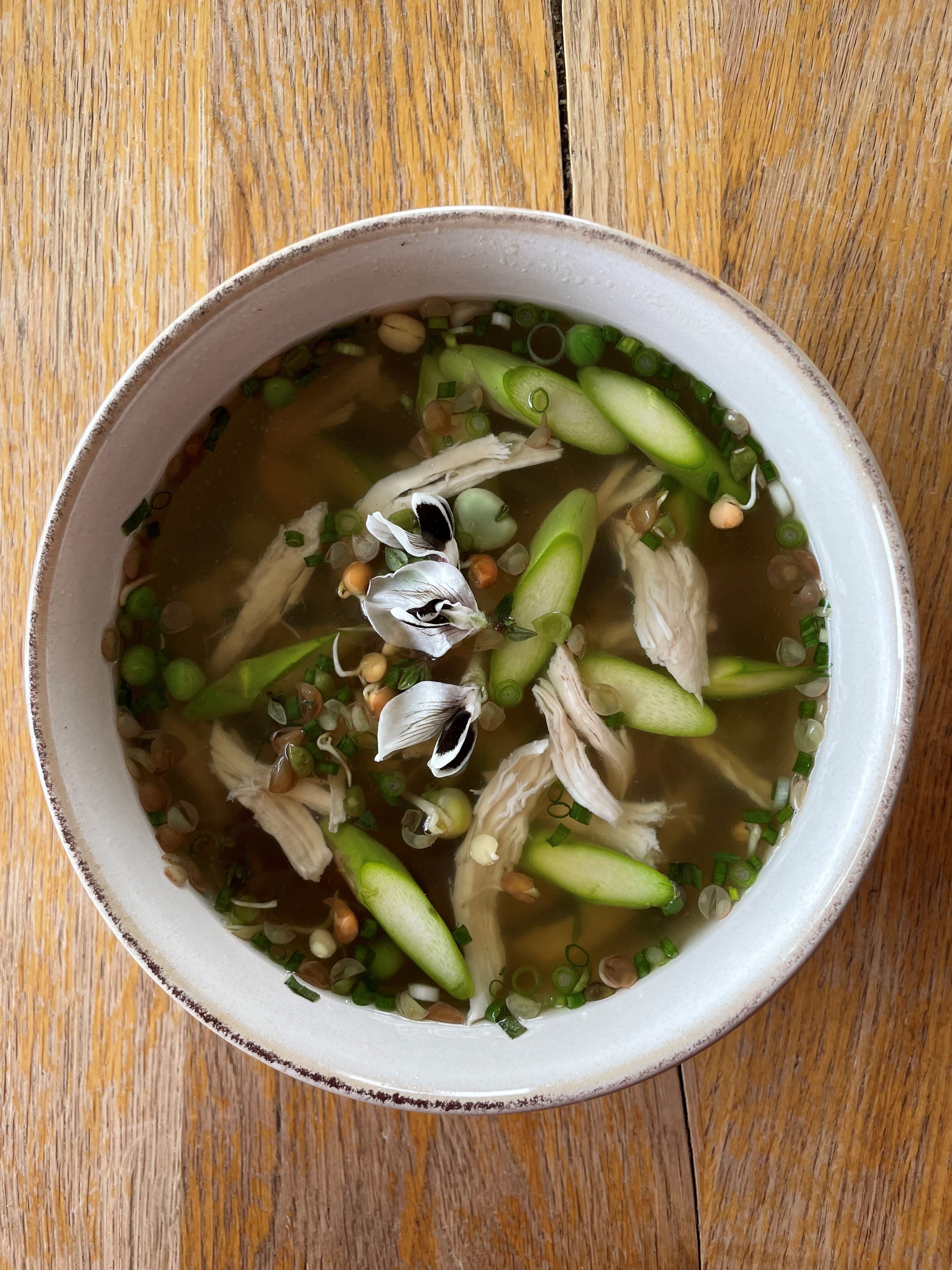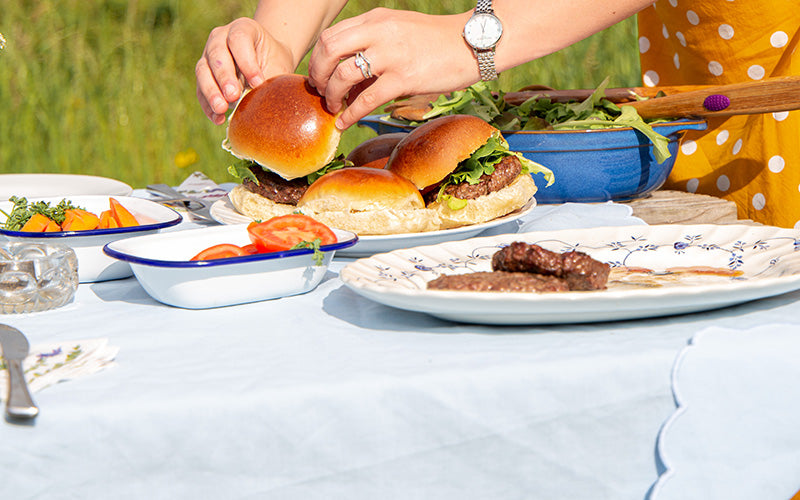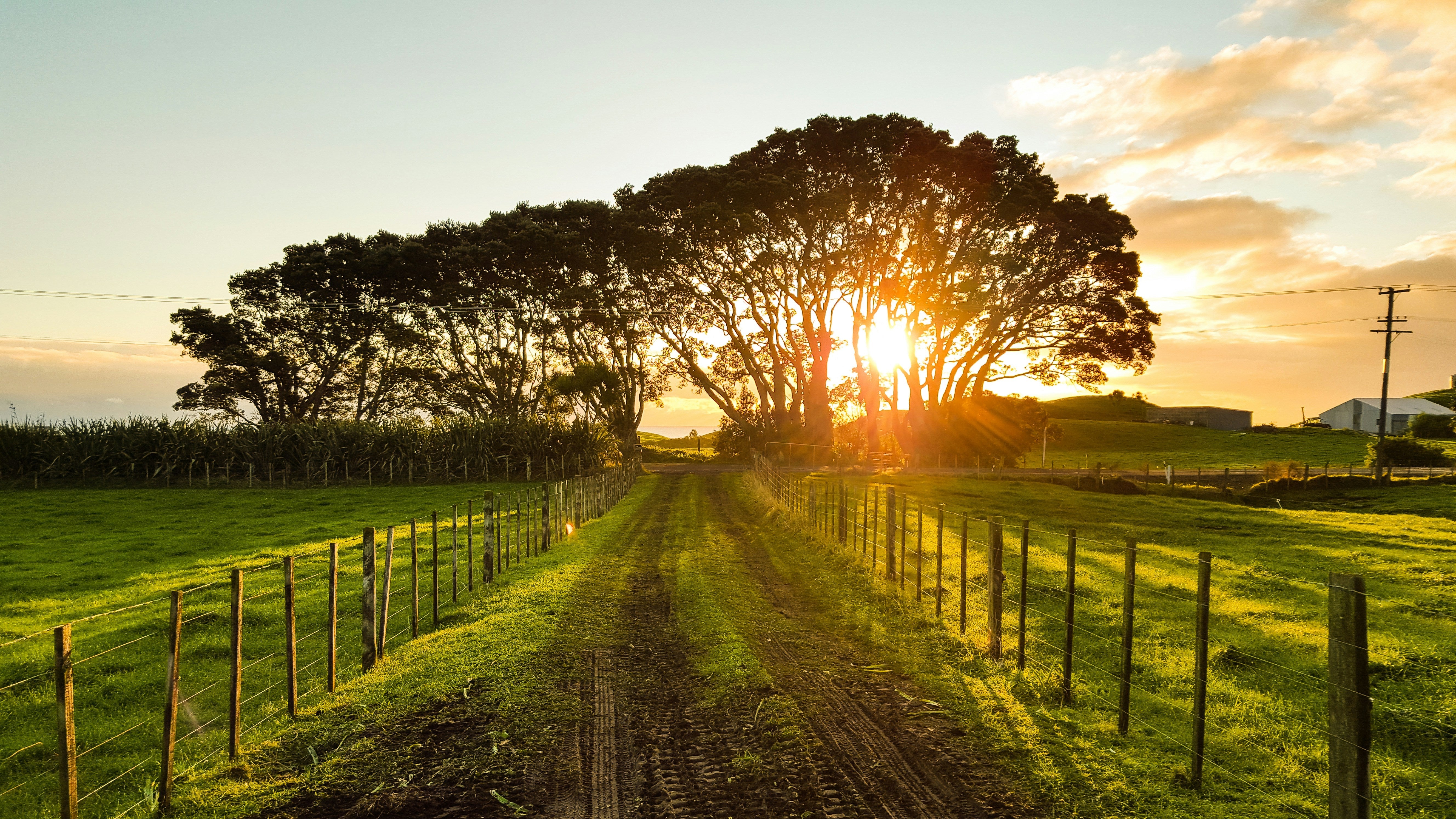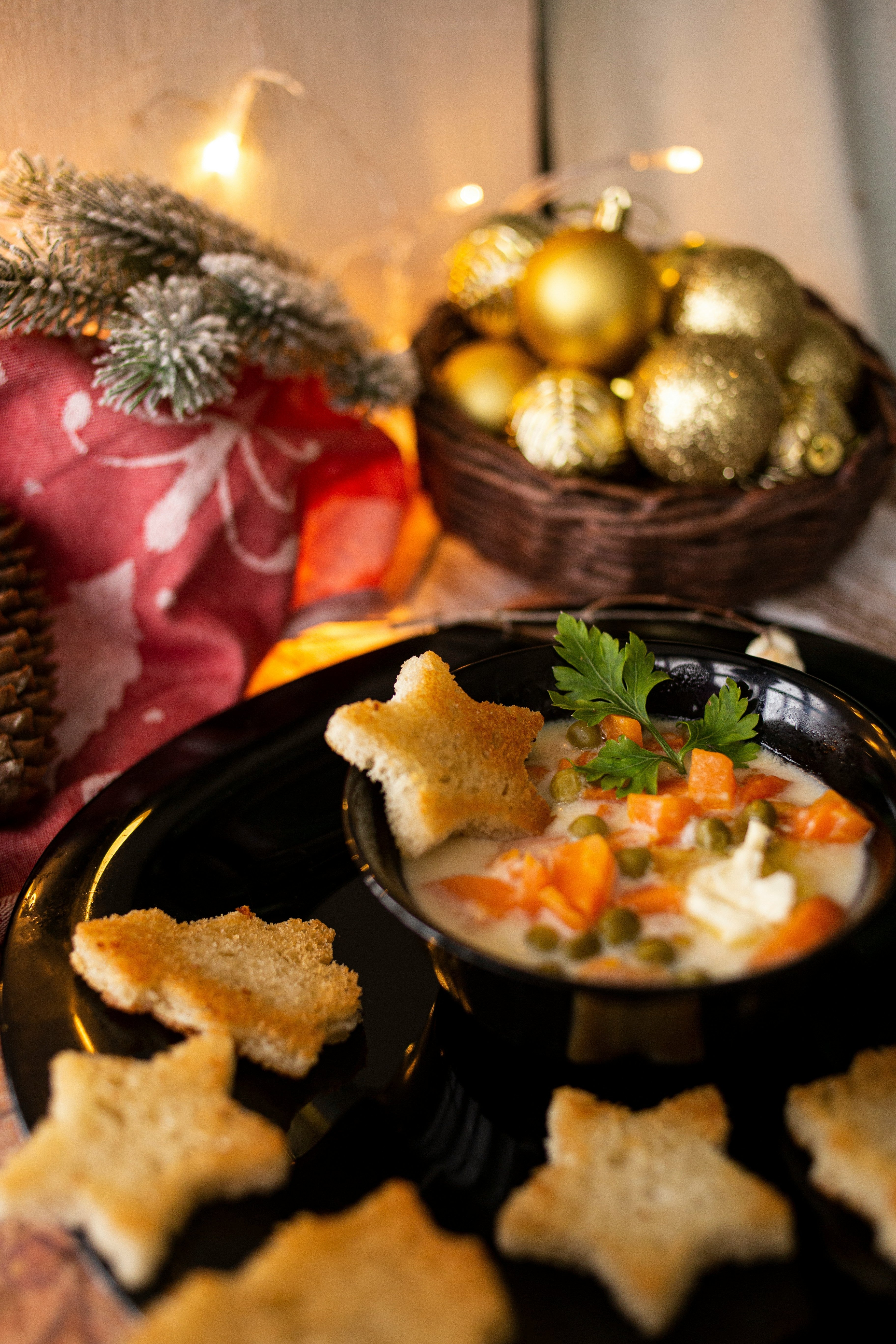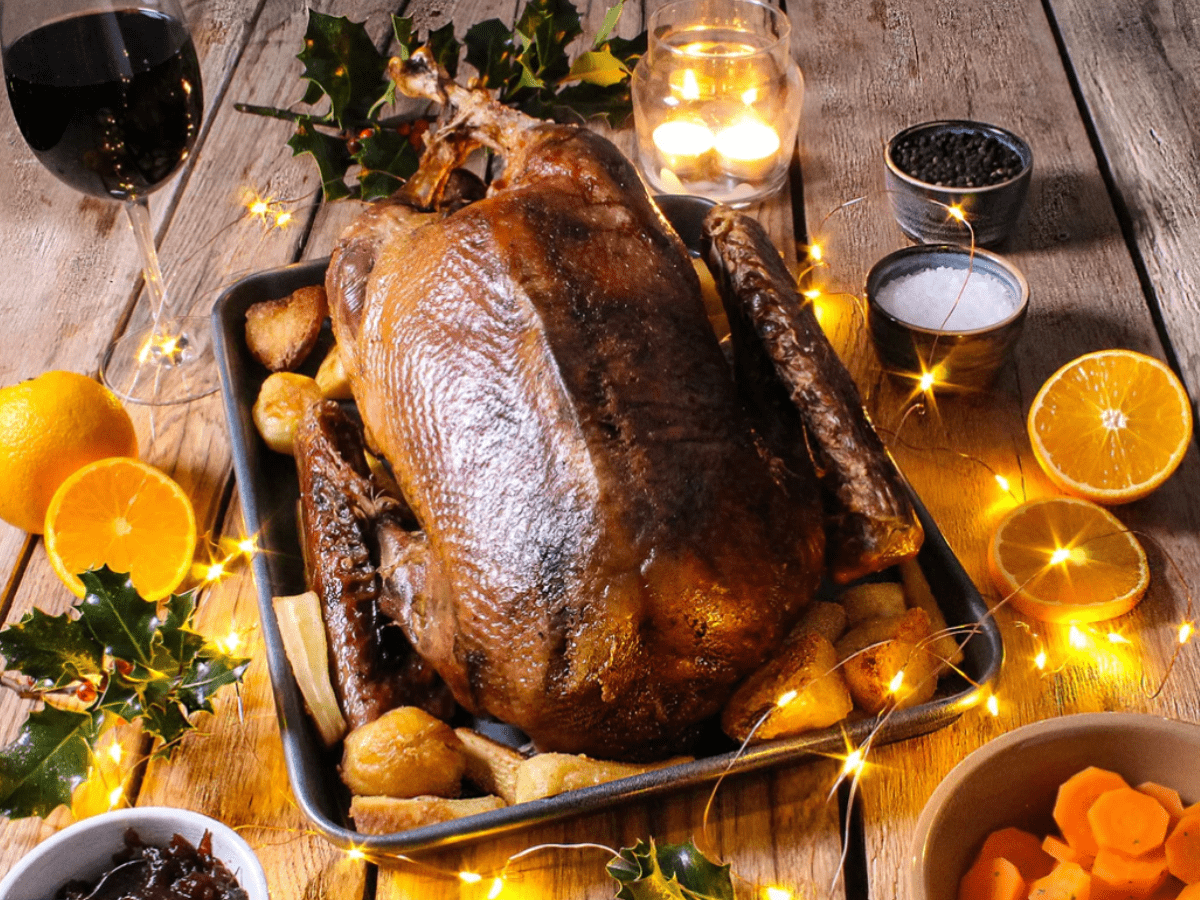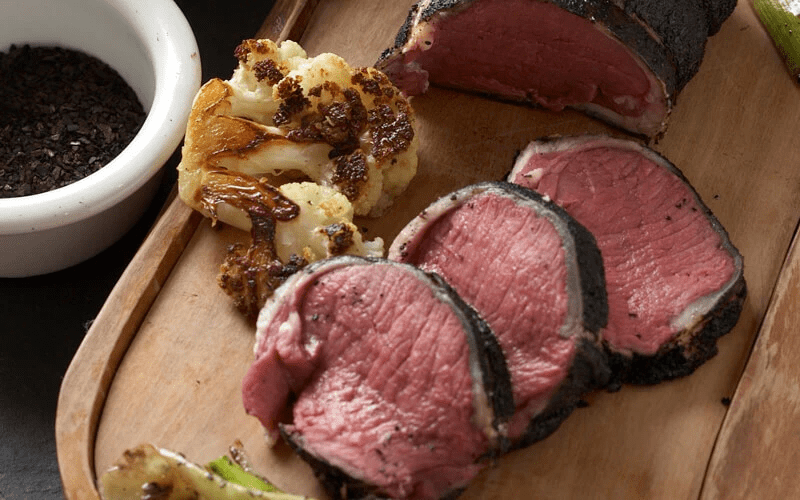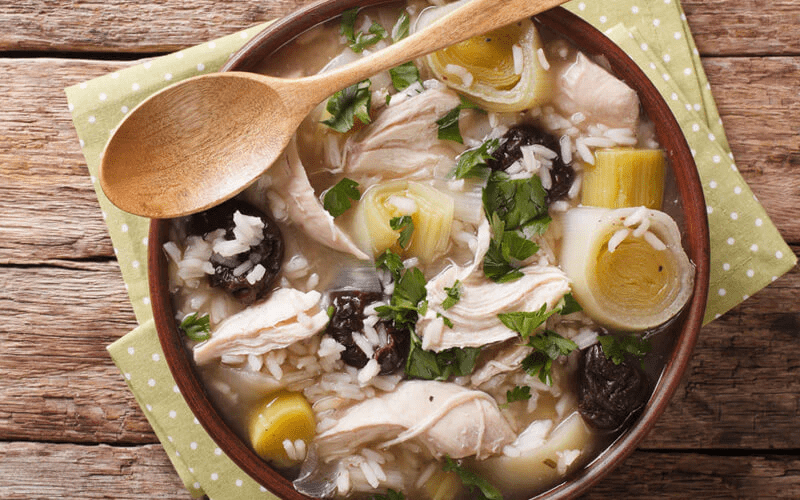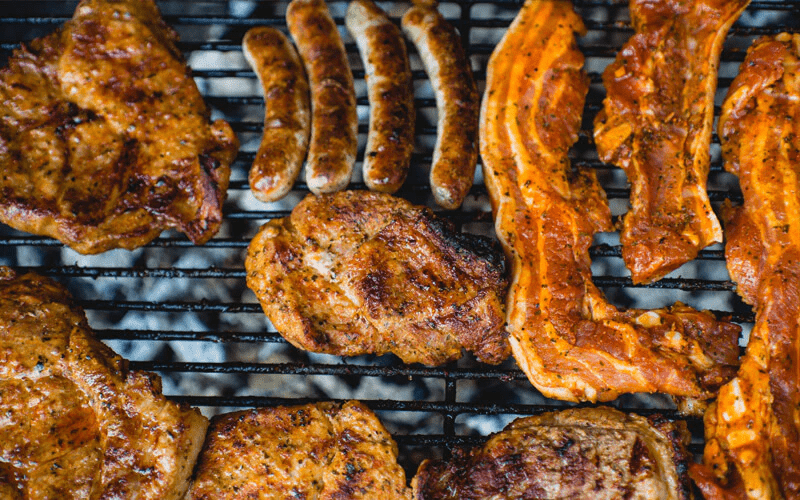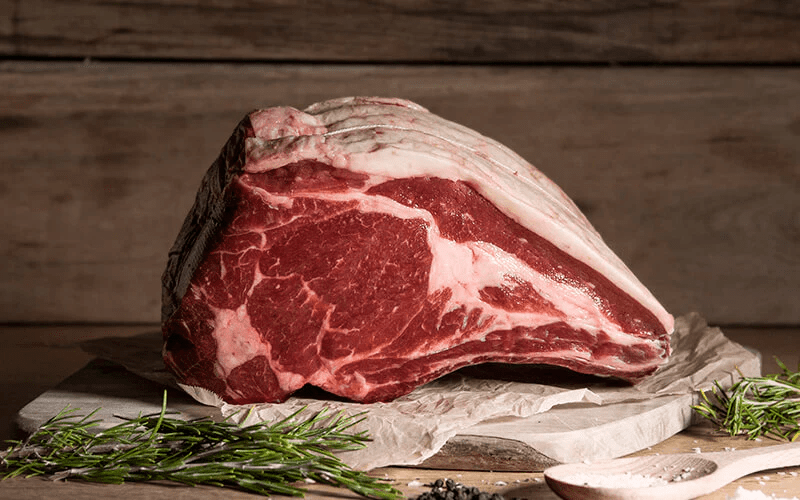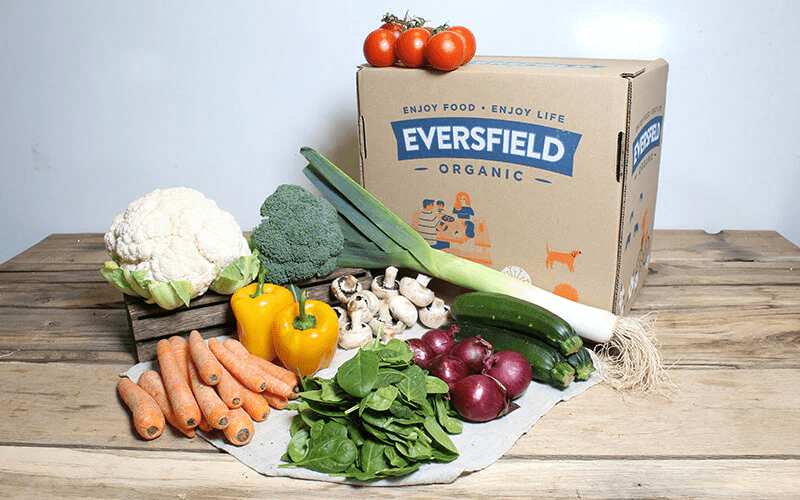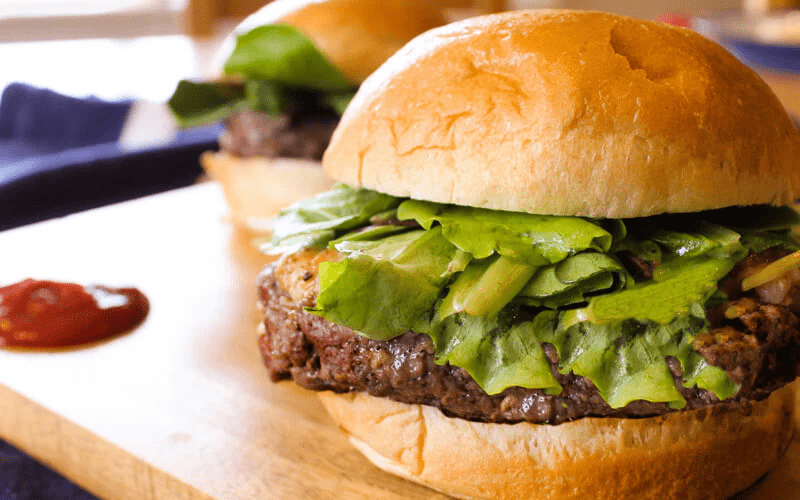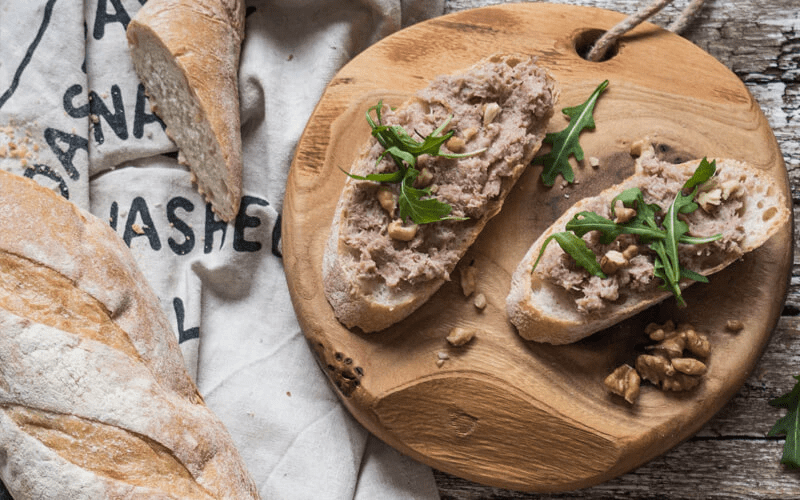What to Plant in Your UK Garden (June Edition)
June means (hopefully) sunshine and life in your garden with a whole host of organic vegetables. But this period can be used as an opportunity to prepare your plot for the upcoming months.
Wondering what you should plant in June? Here’s what we suggest in order to take advantage of the peak UK climate.
Read on for our comprehensive list of vegetables you’ll want to sow. But first up, some updates and top tips from our Market Garden guru, Kelvin.

Image: Kelvin cares for our Market Garden day in, day out.
Our Market Garden
What have you and the team been up to recently?
“Even though we’re technically just getting past early June, without wanting to wish it away, we’re already thinking about the start of Autumn!
"Thankfully we’ve now moved past the last day of the dreaded frost zone, which is usually around the third week of May. However, because of our exposed location we can be open to sporadic, random frosts. So fingers crossed we’ve seen the last of it.
“Once we’re sure we’re safe we can remove a lot of the covers and let the crops fend for themselves a little more.
“We’re one step ahead with seeds and there’s plenty of beautiful produce going in the ground. Our chillies are going in the polytunnels, while outside the later versions of our squashes and pumpkins, along with a whole host of alliums including leeks and spring onions are going in. So, we’re not resting on our laurels, making sure we’re as ready as can be for the later part of the year.”
What are the main issues you’re facing in the garden at this time of year?
“Well, by 10 am the tunnels can get up to the high 40s. You can’t really water or pick in that heat and it’s very difficult to do anything at all really. But because we’re picking the salad leaves to get to the Shops and the Inns fresh, we look to get started before the sun comes up and has a chance to wilt them. This means we find ourselves starting at four or five in the morning!
“With the weather obviously, things dry out and there’s a lot more margin for error with watering system faults. That’s one of the worst things about the summer, you’ve got a shorter window between things being great and things being, well not so great.

Image: The sun can prove a difficult ally at times.
“There’s a real problem with some pests. Bindweed can be particularly frustrating as it comes out of nowhere. You think you’ve got it all then you return to the garden after a long weekend, and it will have conquered the whole garden. As we don’t spray any glyphosate or nasty chemicals, we just have to keep chipping away with our old-school weeding techniques.
"We just learn to accept that there will be invasive weeds and if possible, we’ll restrict these to spots where we aren’t growing produce, creating a zoning area to swallow them up.
“Although we love critters visiting our garden, there are a few that can be more detrimental. We have a real issue with caterpillars. When I see a few butterflies land, I generally accept that I’ll be picking caterpillars off the veg for the next couple of months. That’s why we’ve chosen to net a lot of our varieties this year.”
What are your main tips to ensure June is a success?
“Firstly I’d suggest starting early, cracking on with the more manual tasks and then taking the rest of the day at a more leisurely pace as the sun begins beating more fiercely.
“Secondly, keep a close eye on changes in the health of the garden. When the conditions are more extreme, certain varieties can be thriving one day and on their last legs the next. Be as attentive as possible.
“Finally, don’t push yourself, that’s the main takeaway. For instance, in our Market Garden we like to start something on a small scale one year to see how it goes. Then if it’s a successful venture, we’ll look at up-scaling the next year and so on.
"We planted around 50 tomato plants last year, figuring out how we’re going to structure the bedding, whether it’s feasible, whether we could sell it without wastage. This year we’ve got 300+ tomato plants as it went so well and we wanted to branch out. Take your time and experiment!”

Image: It's important only to take on what you can handle!
What to plant in June UK:
It’s always great to hear from our Market Garden master, thanks, Kelvin! Now, wondering what else to plant in June? High air and soil temperatures make this season a fantastic time to sow vegetable seeds. As long as you keep them well watered you’re onto a winner.
1. Pumpkins, Marrows, and Courgettes. June is still an opportune time to sow pumpkins, marrows, and courgettes in Southern districts of the UK. Choose a sunny spot and sow the seeds directly into well-prepared soil. Remember to provide adequate space for these sprawling plants to spread their leaves and bear abundant fruit.
2. Beetroot, Lettuce, Radish, and Pak Choi. For leafy salad crops like beetroot, lettuce, radish, and pak choi, partial shade can be beneficial during hot, dry weather. Sow these seeds in partially shady sites to prevent the leaves from becoming bitter in taste. Enjoy a variety of colours, flavours, and textures by experimenting with different varieties of these vibrant salad ingredients.

Image: An organic beetroot in all it's glory.
3. French & Runner Beans. Delight in the taste of fresh, homegrown beans by planting French and Runner bean seeds. Prepare the ground well and provide suitable supports such as frames or wigwams made of bamboo canes. These climbing plants will reward you with an abundant harvest, perfect for summery salads and hearty casseroles.
4. Peas. Peas, along with beans, squash, sweetcorn, and cucumbers, can be sown directly into prepared beds outside. Embrace the simplicity of planting these seeds and enjoy the sweet, tender pods that will grace your dinner table. Remember to provide support for peas to climb and thrive.
5. Squash. Squash, with its colourful and diverse shapes, can bring beauty and flavour to your garden. Plant squash seeds directly into well-prepared soil, leaving enough space for the vines to trail. With proper care and regular watering, you'll be rewarded with a vibrant harvest come autumn.
6. Sweetcorn. Create a stunning block of sweetcorn by planting seeds with 45cm spacing, placing two seeds per hole. Sweetcorn thrives when planted in blocks, as it aids in pollination. As these tall stalks sway in the summer breeze, anticipate the joy of biting into succulent kernels bursting with sweetness.
7. Cucumbers. Cucumbers flourish when grown in a site enriched with organic matter, ensuring moisture retention in the soil. Treat yourself to the crisp refreshment of homegrown cucumbers by sowing the seeds in well-prepared soil and providing support for the vines to climb.
8. Celeriac and Celery. For those seeking unique flavours and textures, celeriac and celery are excellent choices. These cool-season crops can be planted in June, offering a refreshing addition to your garden. Prepare the soil deeply and ensure consistent moisture for optimal growth.


